Focus Term: Economic Impact
resource
Great American Rail-Trail Route Assessment 2024
May 07, 2024
EXECUTIVE SUMMARY THE GREAT AMERICAN RAIL-TRAIL VISION Imagine pedaling across the entire country on a safe, seamless and scenic pathway—or walking a local trail that connects you to historic routes from coast to coast. You’re enthralled in the experience of exploring America’s heritage—its potential, its beauty and bounty, its people and places. Consider the intimacy […]
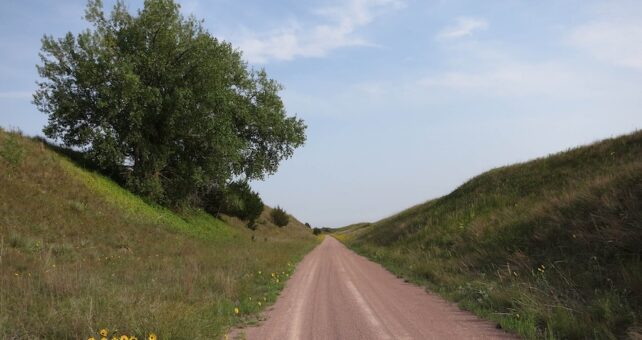
Blog
American Icon: The Great American Rail-Trail Is on Its Way to Fulfilling a Cross-Country Vision
May 07, 2024
Five years after launch, the Great American Rail-Trail is on its way to fulfilling a cross-country vision. See updates across the route.
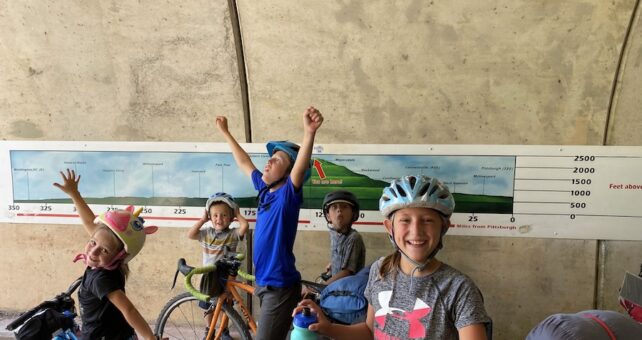
resource
Unlocking the Economic & Community Development Potential of IHTC Trails
August 01, 2023
A region brimming with great trails makes for an appealing outdoor destination. That is why the Industrial Heartland Trails Coalition (IHTC) is working to complete and connect a system of shared use trails across 51 counties in western Pennsylvania, northern West Virginia, eastern Ohio, and southwest New York. IHTC’s vision is that this “Industrial Heartland” […]
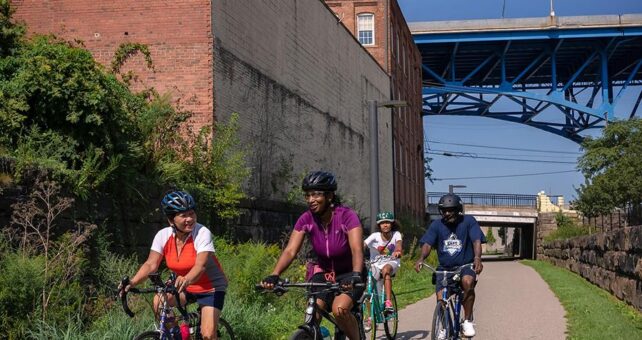
resource
Heritage Rail Trail County Park: 2022 User Survey And Economic Impact Analysis
May 01, 2023
This report was made possible through support from the York County Economic Alliance Trail Town Program, York County Department of Parks and Recreation, and the York County Rail Trail Authority. Trail Towns Program is a collaborative process with outreach to local governments, residents, and business owners in order for each town to reach its potential […]
Blog
New Study Illustrates Economic Potential of the Great American Rail-Trail
May 17, 2022
Great American Rail-Trail, the nation’s first cross-country multiuse trail, will unlock more than $229 million in spending each year.
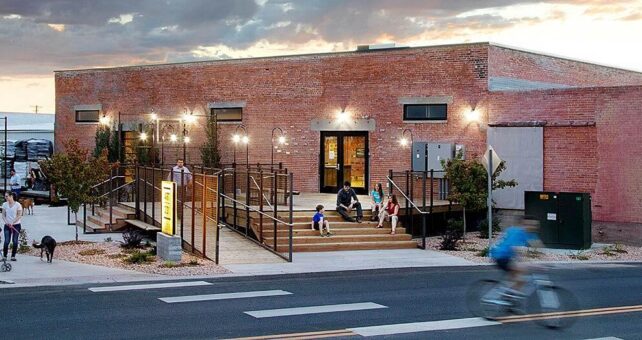
Blog
Regional Trail Network Creates New Recreation and Active Transportation Access for Millions of Bay Area Residents, With Potential Statewide Economic Impact of $6.6 Billion Annually
January 12, 2022
RTC calls for $2 billion investment in connected trails and active transportation infrastructure, advancing regional trail network.
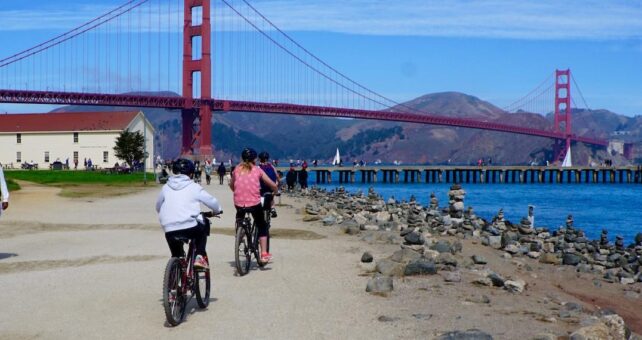
Blog
New Report Finds 35-Mile Citywide Trail System Can Generate Millions in Economic Opportunity and Inclusive Growth in Baltimore
October 15, 2020
Investment in Baltimore Greenway Trails Network will connect 75 neighborhoods with safe, healthy transportation and recreation options.
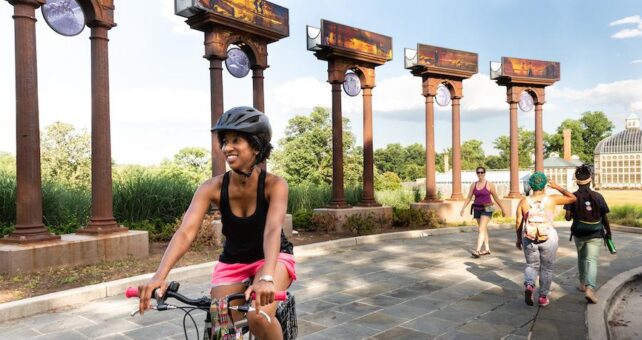
resource
Capital Trails Network Cost Estimate
November 20, 2019
Why predict the cost of the network? The Capital Trails Coalition seeks to create an 800-miles-plus world-class network of multiuse trails that are equitably distributed throughout the Washington, D.C., metropolitan region. The trail network is a key strategy in an effort to create a healthier, more connected populace. With the third-highest amount of traffic in the nation, […]
Blog
New Research Finds Public Investment in Trails, Walking and Biking Infrastructure Delivers Potential Economic Benefits of $138.5 Billion Annually
October 15, 2019
RTC’s study “Active Transportation Transforms America” finds trails deliver potential economic benefits of $138.5 billion annually.

resource
11th Street Bridge Park Equitable Development Plan
September 04, 2018
A key goal of the 11th Street Bridge Park is to serve as an anchor for equitable and inclusive economic growth. The Bridge Park’s design strategies will increase connectivity between those living on both sides of the Anacostia River, but more must be done to ensure that residents and small businesses nearby will continually benefit from […]
-
First
Previous
1
2
3
4
5
Next
Last